Filter by
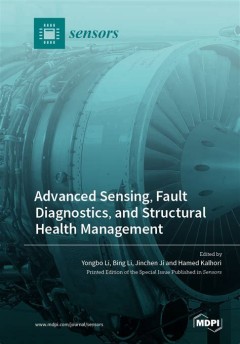
Advanced Sensing, Fault Diagnostics, and Structural Health Management
Advanced sensing, fault diagnosis, and structural health management are important parts of the maintenance strategy of modern industries. With the advancement of science and technology, modern structural and mechanical systems are becoming more and more complex. Due to the continuous nature of operation and utilization, modern systems are heavily susceptible to faults. Hence, the operational re…
- Edition
- -
- ISBN/ISSN
- 9783036561813; 9783036561820
- Collation
- 186 hlm,: ill, lamp; 21 cm
- Series Title
- -
- Call Number
- -

Advanced Sensing and Safety Control for Connected and Automated Vehicles
The connected and automated vehicle (CAV) is a promising piece of technology, anticipated to enhance the safety and effectiveness of mobility. Advanced sensing technologies and control algorithms, working to acquire environmental data, analyze data, and regulate vehicle movements, are key functional components of CAVs. In recent years, the creation of innovative sensing technologies for CAVs ha…
- Edition
- -
- ISBN/ISSN
- 9783036573304; 9783036573311
- Collation
- 250 hlm,: ill, lamp; 21 cm
- Series Title
- -
- Call Number
- -

Advanced Sensing and Image Processing Techniques for Healthcare Applications
This Special Issue aims to attract the latest research and findings in the design, development and experimentation of healthcare-related technologies. This includes, but is not limited to, using novel sensing, imaging, data processing, machine learning, and artificially intelligent devices and algorithms to assist/monitor the elderly, patients, and the disabled population.
- Edition
- -
- ISBN/ISSN
- 9783036540320; 9783036540313
- Collation
- 258 hlm,: ill, lamp; 21 cm
- Series Title
- -
- Call Number
- -
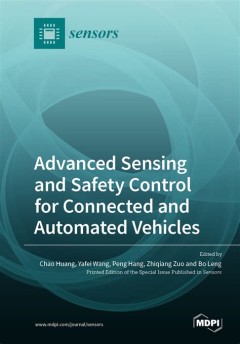
Advanced Sensing and Control for Connected and Automated Vehicles
Connected and automated vehicles (CAVs) are a transformative technology that is expected to change and improve the safety and efficiency of mobility. As the main functional components of CAVs, advanced sensing technologies and control algorithms, which gather environmental information, process data, and control vehicle motion, are of great importance. The development of novel sensing technologi…
- Edition
- -
- ISBN/ISSN
- 9783036534886
- Collation
- 284 hlm,: ill, lamp; 21 cm
- Series Title
- -
- Call Number
- -

Advances in Nanomaterials for Photovoltaic Applications
The rapid research progress in tin-based binary sulfides (SnxSy = o-SnS, c-SnS, SnS2, and Sn2S3) by the solution process has opened a new path not only for photovoltaics to generate clean energy at ultra-low costs but also for photocatalytic and thermoelectric applications
- Edition
- -
- ISBN/ISSN
- 9783036570501
- Collation
- 250
- Series Title
- -
- Call Number
- -
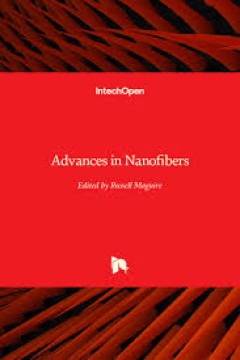
Advances in Nanofibers
Book “Advances in Nanofibers” is a research publication that covers original research on developments within the Nanofibers field of study. The book is a collection of reviewed scholarly contributions written by different authors. Each scholarly contribution represents a chapter and each chapter is complete in itself but related to the major topics and objectives
- Edition
- -
- ISBN/ISSN
- 9789535112099
- Collation
- 208
- Series Title
- -
- Call Number
- -
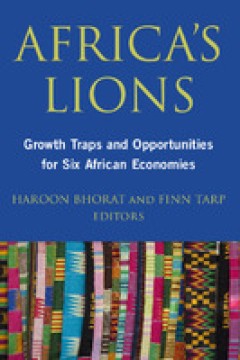
Africa's Lions
Africa's Lions examines the economic growth experiences of six fast-growing and/or economically dominant African countries. Expert African researchers offer unique perspectives into the challenges and issues in Ethiopia, Ghana, Kenya, Mozambique, Nigeria, and South Africa. Despite a growing body of research on African economies, very little research has focused on the relationship between econo…
- Edition
- -
- ISBN/ISSN
- 9780815729501
- Collation
- -
- Series Title
- -
- Call Number
- -
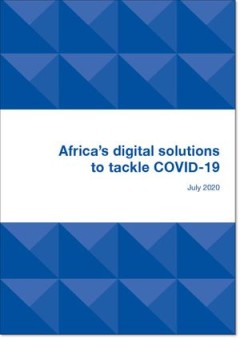
Africa’s digital solutions to tackle COVID-19
African countries are using technology in many new ways to fight the coronavirus pandemic. This report highlights some of the best digital solutions and estimates the investments required to implement the technology on a wider scale. The European Investment Bank prepared this report with the support of the United Nations Development Programme and the consulting firm BearingPoint.
- Edition
- -
- ISBN/ISSN
- 9780000000681
- Collation
- -
- Series Title
- -
- Call Number
- 650
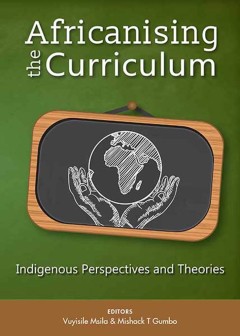
Africanising the Curriculum
The alienating nature of the dominant curriculum in African schools and universities is an issue which simmered just below the surface in the 2015 student protests that swept through the South African higher education sector. The collection of essays found in this timely publication, offers compelling arguments for the deliberate embrace of the African culture to advance African knowledge and e…
- Edition
- -
- ISBN/ISSN
- 9780992236083, 9780992236076
- Collation
- -
- Series Title
- -
- Call Number
- -

African Principles on the Law Applicable to International Commercial Contracts
This booklet contains the first draft of the envisaged African Principles on the Law Applicable to International Commercial Contracts. The proposal could be used by national legislators on the continent and African economic integration organisations, particularly the African Union, in, respectively, domestic legislation and regional or supranational laws of a soft or binding nature. The existen…
- Edition
- -
- ISBN/ISSN
- -
- Collation
- -
- Series Title
- -
- Call Number
- -
 Computer Science, Information & General Works
Computer Science, Information & General Works  Philosophy & Psychology
Philosophy & Psychology  Religion
Religion  Social Sciences
Social Sciences  Language
Language  Pure Science
Pure Science  Applied Sciences
Applied Sciences  Art & Recreation
Art & Recreation  Literature
Literature  History & Geography
History & Geography